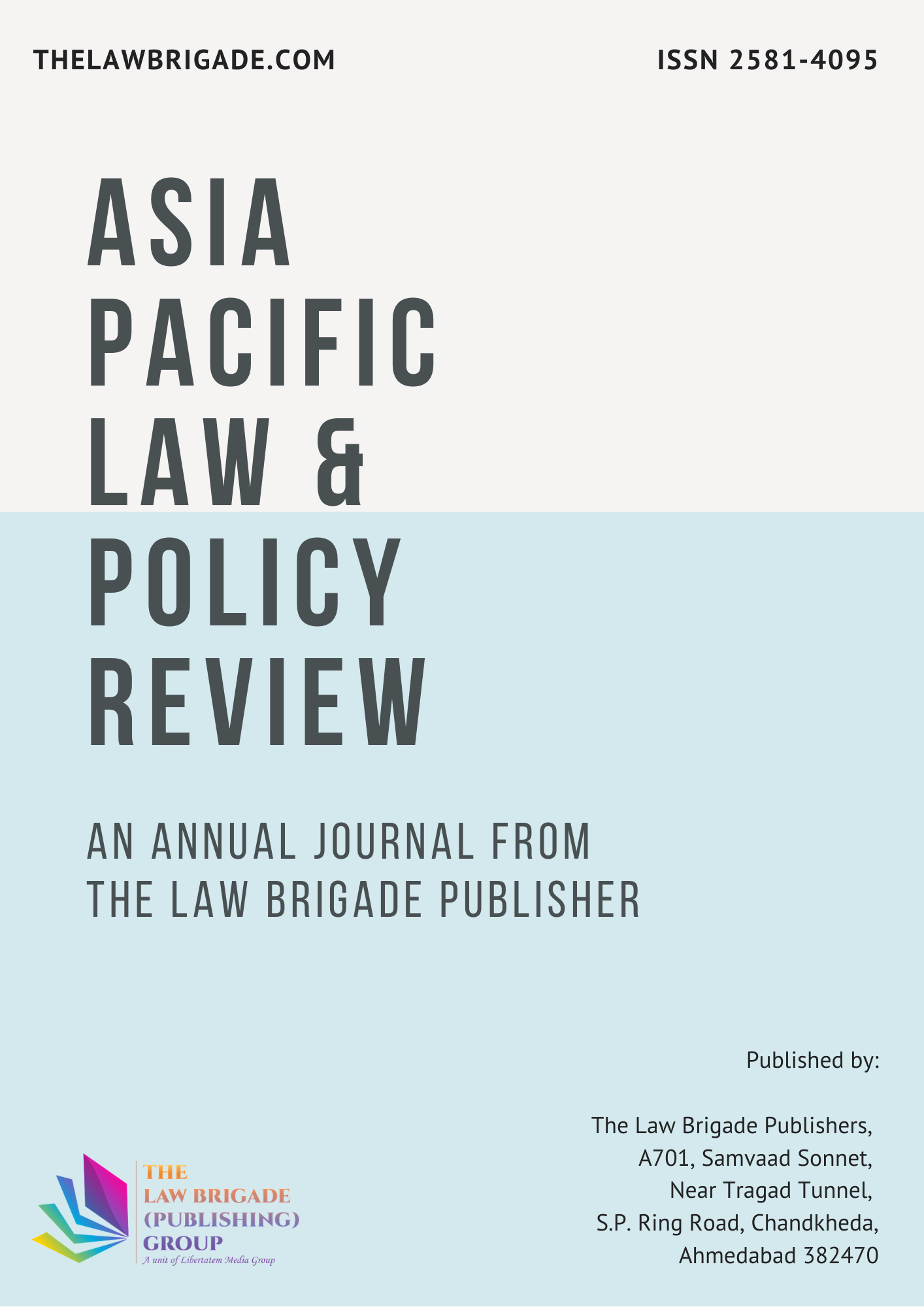This paper is aimed at critically analysing the legal framework on the environmental impacts of artisanal and small-scale gold[i] and diamond mining in The Ngoyla-Mintom Forest Massif (NMF) and the Sangha Tri-National Park (TNS) Landscape[ii] located in Cameroon only. Small-scale mining includes enterprises or individuals that employ workers for mining, but generally still using manually-intensive methods, working with hand tools. However, studies in ASM indicates that the main impacts are: deforestation and land degradation; open pits causing human and animal traps and health hazards (including acting as mosquito breeding grounds due to stagnant water collection after being abandoned by the miners); mercury runoff from gold amalgamation; waste accumulation from inefficient extraction; dust and noise pollution; underground instability and long-term hazards.[iii] Realistically, are the existing laws and regulations governing ASM in Cameroon effectively implemented and complied with? This raises serious concern about the benefits that accrue to them from this age-old activity. Local miners in The Ngoyla-Mintom Forest (NMF) and the Sangha Tri-National Park (TNS) Landscape are generally not aware of the provisions in the mining code of 2016, the forestry law of 1994 and other affected laws. There is no doubt that with appropriate laws and policies, when duly implemented and complied with, ASM can protect our environment and improve the lives of those who are involved in this activity as while as those of the local communities.
[i] In Cameroon, gold mining started in 1933 and totalled about 20 tonnes between 1934 and 1984. For details, see, Lang, C., 2007 L’Or Camerounais mal exploite. Le Messager. Available at: http://www.cameroon info.net/cmi_show_news.php?id=19684 (Retrieved 27 July, 2021).
[ii] As concern the Sangha Tri-National Park (TNS) Landscape this article comment only on Cameroon with the exclusion of the Central African Republic and the Republic of Congo that make up the (TNS).
[iii] Labonne, B. and Gilman, J., Towards Building Sustainable Livelihoods in Artisanal Mining Communities, In Proc. From the Tripartite Meeting on Social and Labour Issues in Small-Scale Mines, Geneva, Switzerland, 17-21 May 1999.





